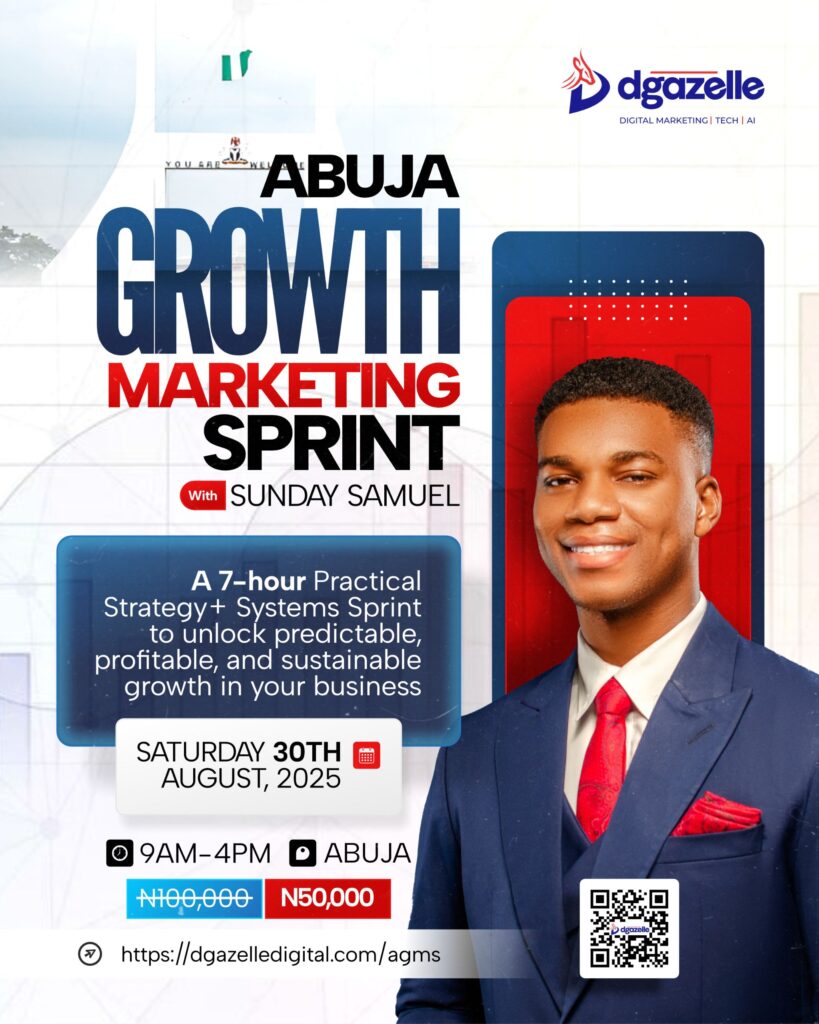Marketing strategy is often misunderstood. It’s a term that is thrown around and used by people to mean a lot of different things.
In this article, I’m going to talk about what marketing strategy is and what it isn’t. You see, not all businesses will require the services of a professional when it comes to marketing strategy . . . So why spend money on a marketing strategy, do you even need one?
What is a marketing strategy?
A marketing strategy is a set of business decisions that align your goals and how you market with the actual processes and tactics you use to accomplish those goals. In simple terms, a thorough marketing strategy can make all your marketing efforts more consistent and effective as it will help you to move forward with the same plan year after year.

Why you need a good marketing strategy?
A good marketing strategy will help you:
- decide what your business is about, what it stands for and who it’s for (your audience)
- decide how you’re going to market your product or service
- decide what goals you have set yourself and how much progress has been made towards them so far
- decide how much money you need to make and how much time it will take to make it (marketing costs money)
- decide how much of your time should be spent on different activities e.g. social media or email marketing
What are the types of marketing strategies?
Marketing strategies are used to meet the needs and wants of consumers. Marketing is all about building brand awareness, increasing sales, and creating new customers. There are different kinds of marketing strategies that companies use to meet these goals.
Direct marketing: This type of marketing strategy involves sending out direct mailers or email messages to potential customers who have shown interest in your product or service.

List building: This is another form of direct marketing strategy. It involves collecting names and addresses from people who have already expressed interest in your product or service and then contacting them through mailings or phone calls to promote the sale of your product or service.
guerrilla marketing: This is a more creative form of direct marketing effort that uses various tactics like door-to-door canvassing, leaflets, stickers on vehicles etc., to create awareness about your product or service among consumers.
What are the areas of an Effective Marketing Strategy?
1.Market research and analysis:
Market research
This is the first step in a successful marketing strategy. It involves conducting market research to determine what people want from your product or service. Market research may include surveys, focus groups and interviews. You can also find out about competitors’ products and services by searching the Internet or attending trade shows or conferences.
The key to an effective marketing strategy is knowing your customers — their demographics, lifestyles, interests and needs. You’ll need to know how they feel about your competitors’ products and services before you can develop a plan that will appeal to them.

Market segmentation:
Once you know who your target customers are and what they need from you, it’s time to create specific marketing messages aimed at different segments of the population. This can be done through qualitative methods such as segmentation analysis which seeks to identify different types of people within an audience (e.g., high income earners vs. other individuals within this group), or quantitative methods such as statistical models that use large amounts of data (e.g., census data) to estimate demographic characteristics for subgroups within larger populations.
2. Brand building:
Brand building is the process of creating a unique brand identity for your company that will help distinguish you from your competitors. The process includes developing an integrated marketing strategy, creating a brand name, establishing your strategy and then implementing it.
Brand Building Process
The brand building process begins with a thorough understanding of your business objectives. After determining what you want to achieve in your marketplace, determine how you can reach those goals.
See how you can grow your brand with Storytelling
Brand Identity
The first step in brand building is to develop a brand identity that represents you and your product or service. This can be done through branding guidelines, logo design, taglines and other visual elements that represent your company’s image.
Brand Name
Once you have developed your brand identity, it’s time to identify the name(s) that will help differentiate you from other suppliers or competitors in the marketplace. Trademark laws govern this aspect of branding; however, many companies use names that are well known in their industry.

Brand awareness
This refers to the level of recognition a brand enjoys in the marketplace. Brand awareness can be increased by using advertising and promotion channels such as social media, PR and word-of-mouth marketing. Consumers become more familiar with your brand when they see it on TV or hear about it from friends or family members who have used it before.
Brand loyalty
Brand loyalty refers to consumers’ continued patronage of a product or service over time. This type of loyalty is important because customers are less likely to switch brands if they feel that their old one has given them enough value for their money.
3. Product development:
Product development is the first stage in a successful marketing strategy. The product that you choose to market will determine your success or failure as an entrepreneur.
Product development is one of the most important aspects of a business, especially if you want to make money selling your products. If you don’t have a good product, no matter how hard you work at marketing, people will not buy from you.

The main purpose of product development is to create something that consumers want and will pay for. This process can be broken down into several steps:
1) Define the problem that you are trying to solve for your customers
2) Identify what features and benefits your product must have in order for it to meet their needs
3) Create a prototype or mock-up of what your final product will look like (if it’s an online store)
4) Test your prototype with potential customers (focus groups)
5) Make revisions based on feedback from focus groups and testing, if necessary.
4. Advertising and promotion:
Advertising and promotion, in the context of marketing, refers to any form of public relations that involves a company’s persuasive use of mass media to promote their products or services. The term is used more broadly when the term “marketing” is used to refer to the entire process of selling goods or services.
Advertising can be used to promote any product, service, or idea. Advertising may also be used as a form of corporate social responsibility by companies who wish to improve their public image.
Marketing is a part of marketing management which includes planning, organizing and implementing strategies for managing product development and distribution. Marketing may include:
Marketing communications
Product management
Production planning and scheduling (including manufacturing)
Operations management
How do you create a marketing strategy?
Creating a marketing strategy does not have to be complicated or time consuming, but it does require some thought and planning. Your strategy should be clear and concise, so that everyone involved with your company knows exactly what you want from them.

To create a marketing strategy, you need to think about the following things:
1. What is the purpose of your company?
This can include things like making money, building brand awareness or getting more customers through word-of-mouth advertising. You need to know how you are going to achieve these goals before you sit down and start designing what you want your company’s branding to look like or writing copy for emails and newsletters.
2. What is the real purpose of your product?
The next step in creating a marketing strategy is to understand what problems you’re trying to solve.
This will tell you the type of customers you should be targeting and the value they need from your product or service.
For example, if you’re selling software, the real purpose of your product will be to help users automate their workflows by saving them time and effort. If it doesn’t help users automate their workflows, then you’re not solving a problem for them and your product will fail.
3. What are your competitors doing?
Once you know who your customers are, it’s time for some research:
Look at the competition – What do they offer and how does it compare with what you have? If there are any gaps in their offerings, consider filling them in yourself or offering something different from theirs.
Look at trends – Are there any new products that might interest your target audience? How about new services or apps? Consider offering these as well if they’re something your target audience would be interested in buying or using regularly.
Check out how these SEO Trends might help your business
Read reviews – Read customer reviews of products and services on sites like Amazon and Google Play.
4. What is your strategy to sell your product?
A marketing strategy is a plan that clearly outlines how you will target your customers and sell your product. It ensures that you are able to reach your target audience, give them what they want, and keep them coming back for more.

Your marketing strategy will take into account all of the different ways in which you can engage with your customers. You may decide to focus on one type of marketing at a time or spread out your efforts across many different channels.
The following are some important questions that should help guide you in creating your own marketing strategy:
How do I define my target market?
What kind of messages will resonate with my audience?
Conclusion:
A marketing strategy is a plan that explains how a business will meet its sales and profit goals by understanding who its customers are, what they need, how they buy and what they will pay for. It includes which markets to enter and how to create value through product differentiation or price leadership.
To develop a good marketing strategy it is important that all the marketing elements work together and support each other.






